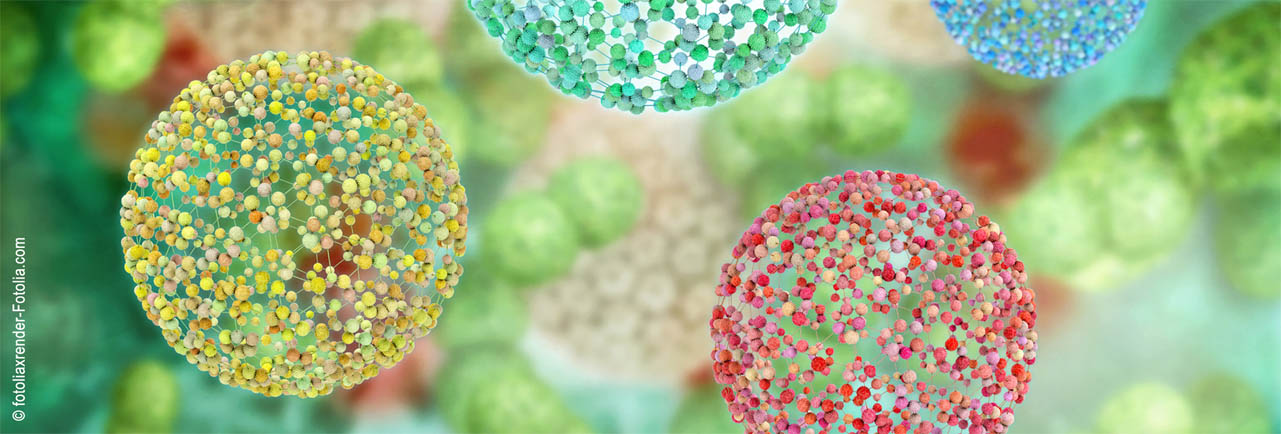Speaker
Description
Lithium-ion batteries (LIBs) play an important role in our daily life with a variety of important applicants. To this day, significant resources have been dedicated to the development of high-performance LIBs, particularly the research necessary to identify the optimum electrolyte materials to solve the safety issue. Up to this point polymer electrolytes are widely investigated for their potential to improve batteries’ safety. Given the relative high ionic conductivity, around 10-3 S/cm, poly-ethylene oxide (PEO) is frequently utilized as the polymer matrix in this scenario. But compared to the commercial liquid electrolyte, the ionic conductivity of polymer electrolytes need to be improved dramatically. It is widely acknowledged that the transportation of Li+ is directly related to the segmental and backbone motions of the polymer. This contribution aims at developing a microscopic picture of the Li–ion transportation process to instruct the polymer tailoring for optimized ionic conductivity and hence fastest charging and discharging of the battery. Based on our previous studies, the structure optimization is performed on the PEO 4-arm star (4-arm-PEO). First, the microscopic picture of the Li+ transportation mechanism in the 4-arm-PEO is investigated through molecular dynamics (MD) simulation. Then the polymer dynamics are clarified with Quasi-elastic Neutron Scattering (QENS). By comparing the polymer dynamics from MD simulation and QENS, the microscopic view of Li+ transportation is firmly validated through Neutron scattering experiment. The microscopic view clearly shows that Li+ is easily trapped by the O atoms near the core of the 4-arm-PEO (the cross point of the 4 PEO arms) resulting in the relative low ionic conductivity. We replace the O atoms near the core with –CH2. This structure optimization improves the dynamics of the 4-arm-PEO and increases its ionic conductivity. This contribution improves the ionic conductivity of the polymer electrolyte of LIBs by tailoring the polymer structure. Moreover, the microscopic mechanism will further offer scientific instructions for the ionic conductivity enhancement of the polymer electrolytes.

